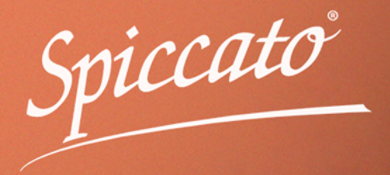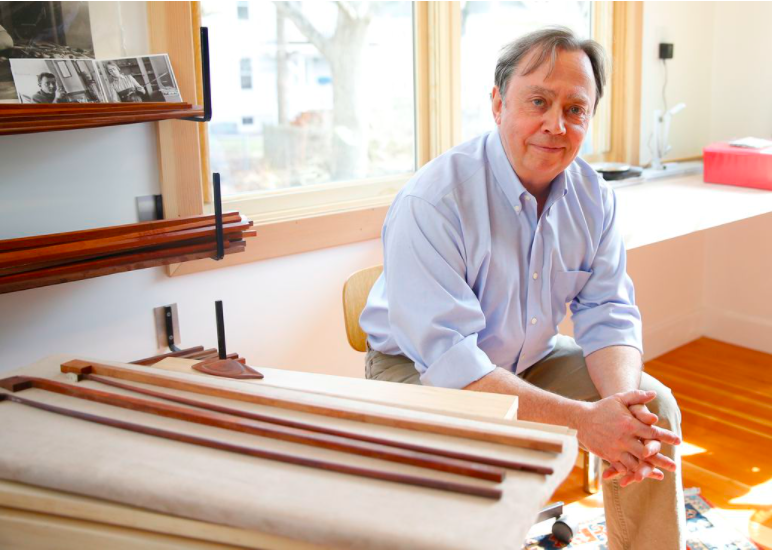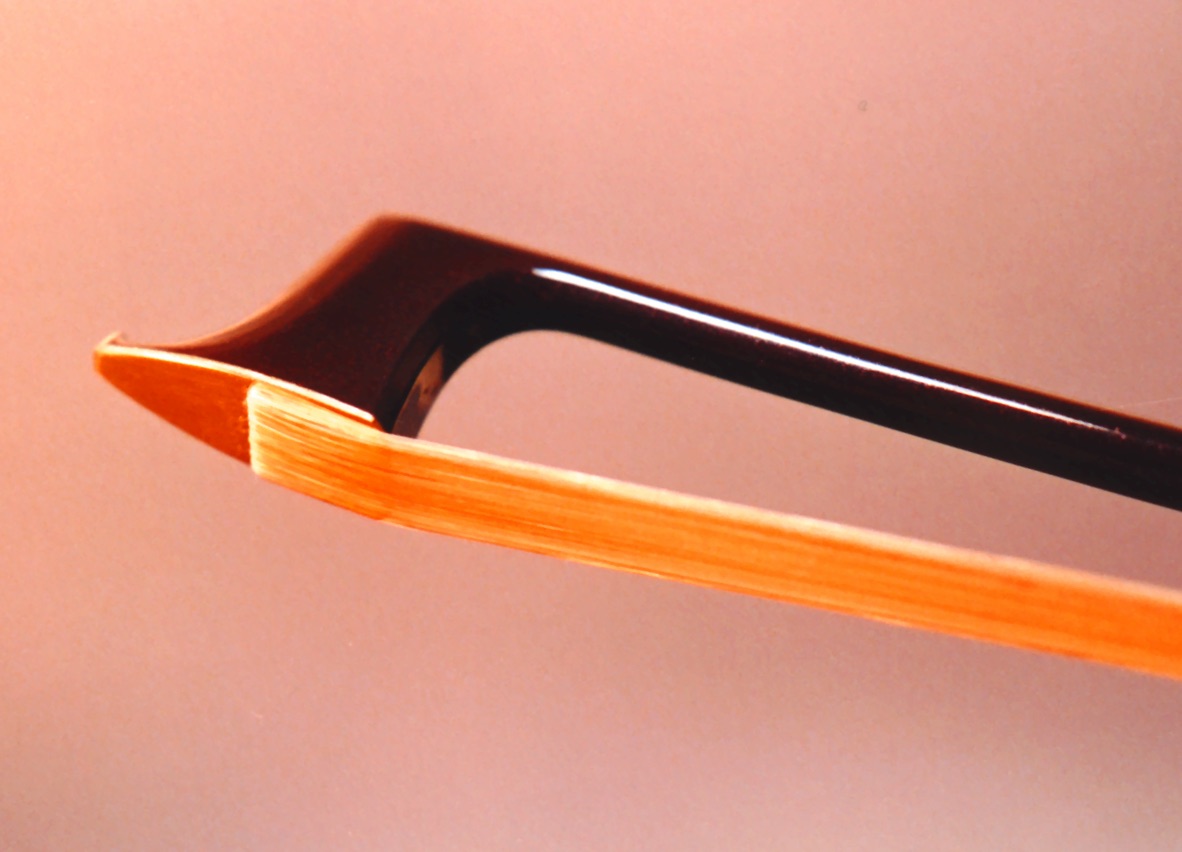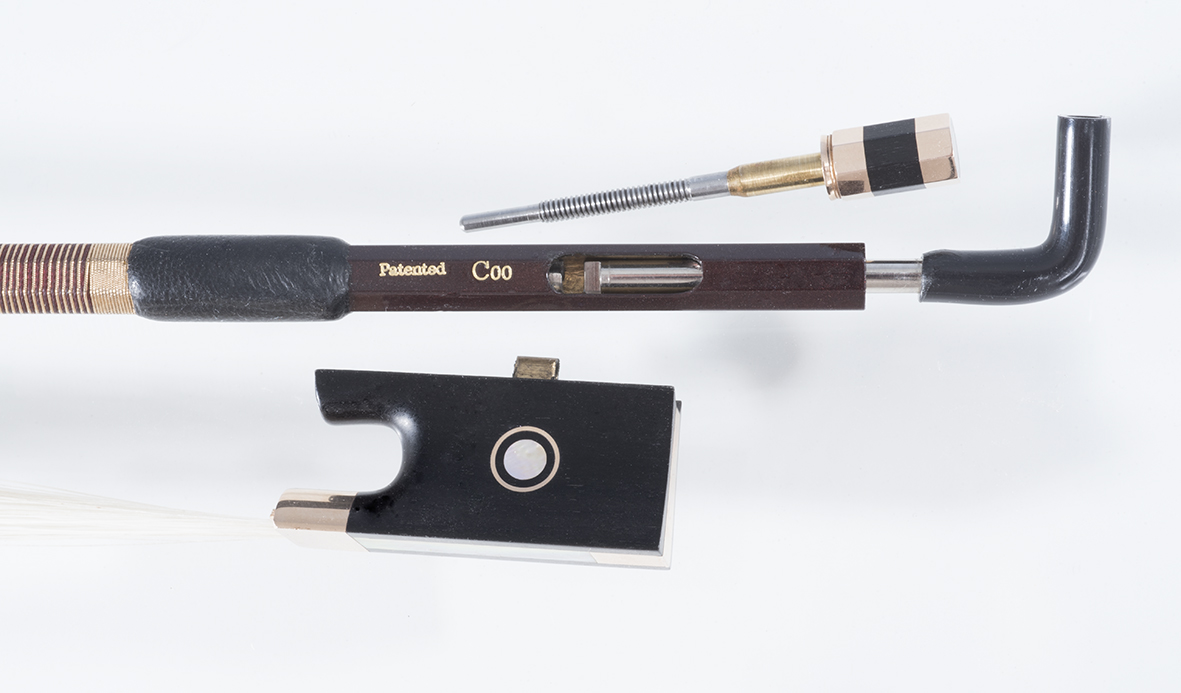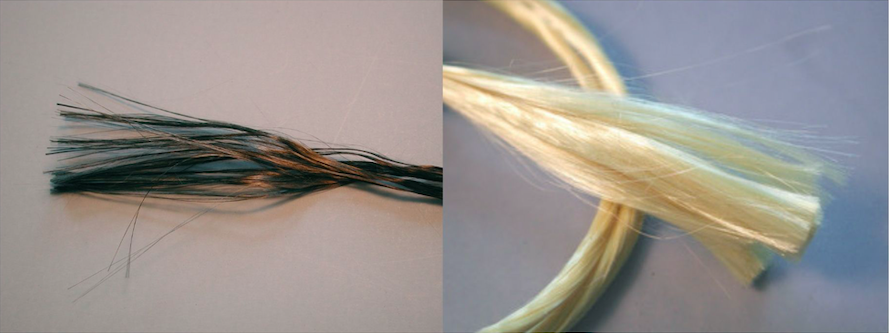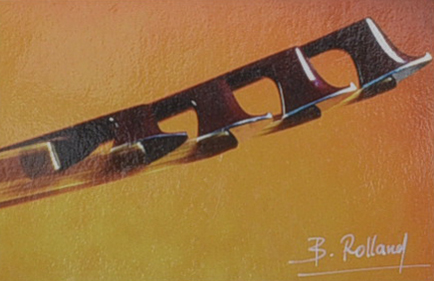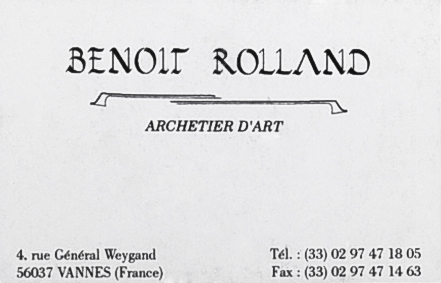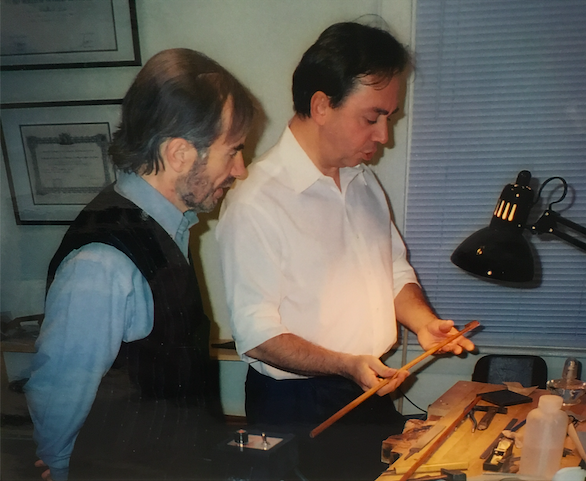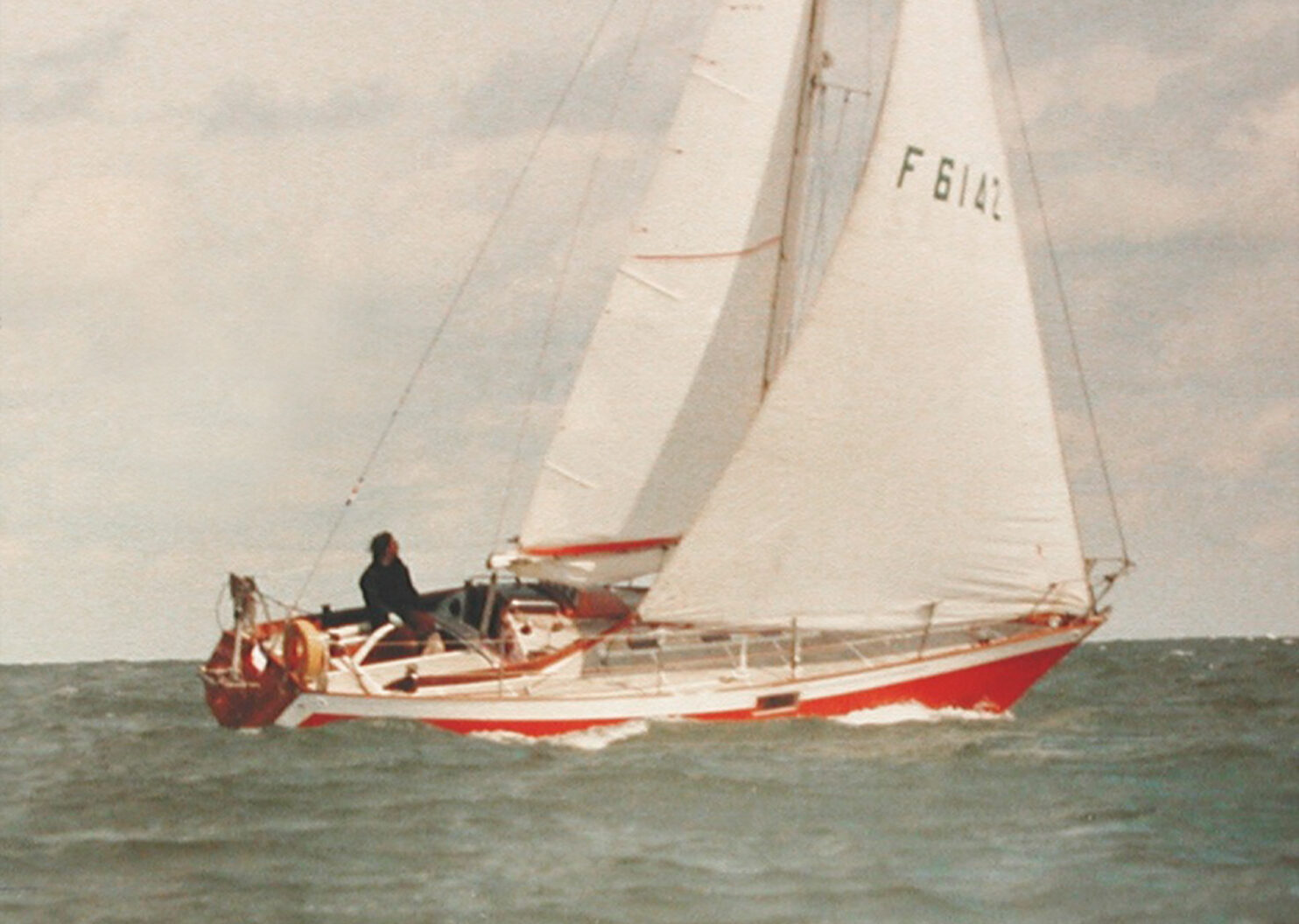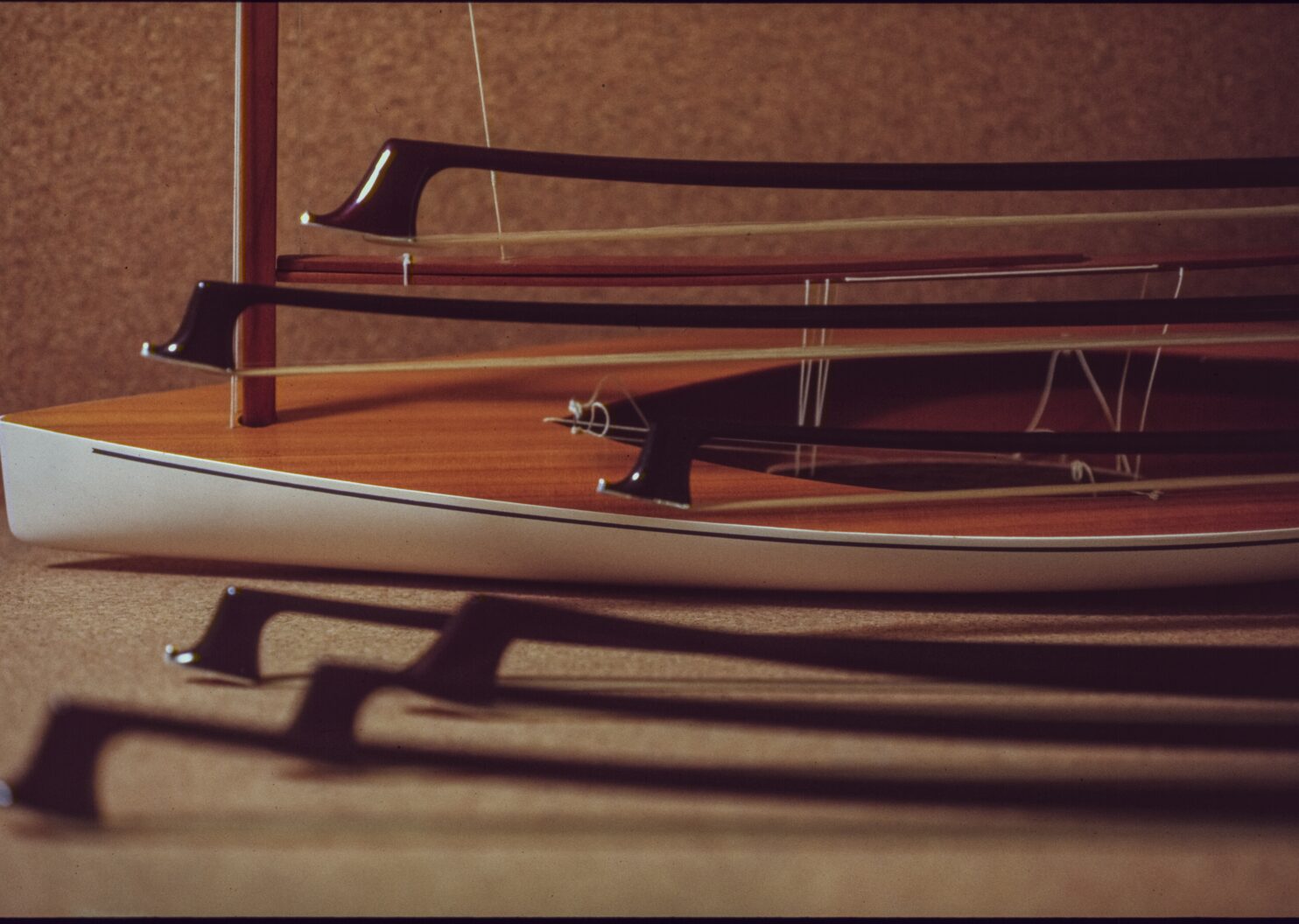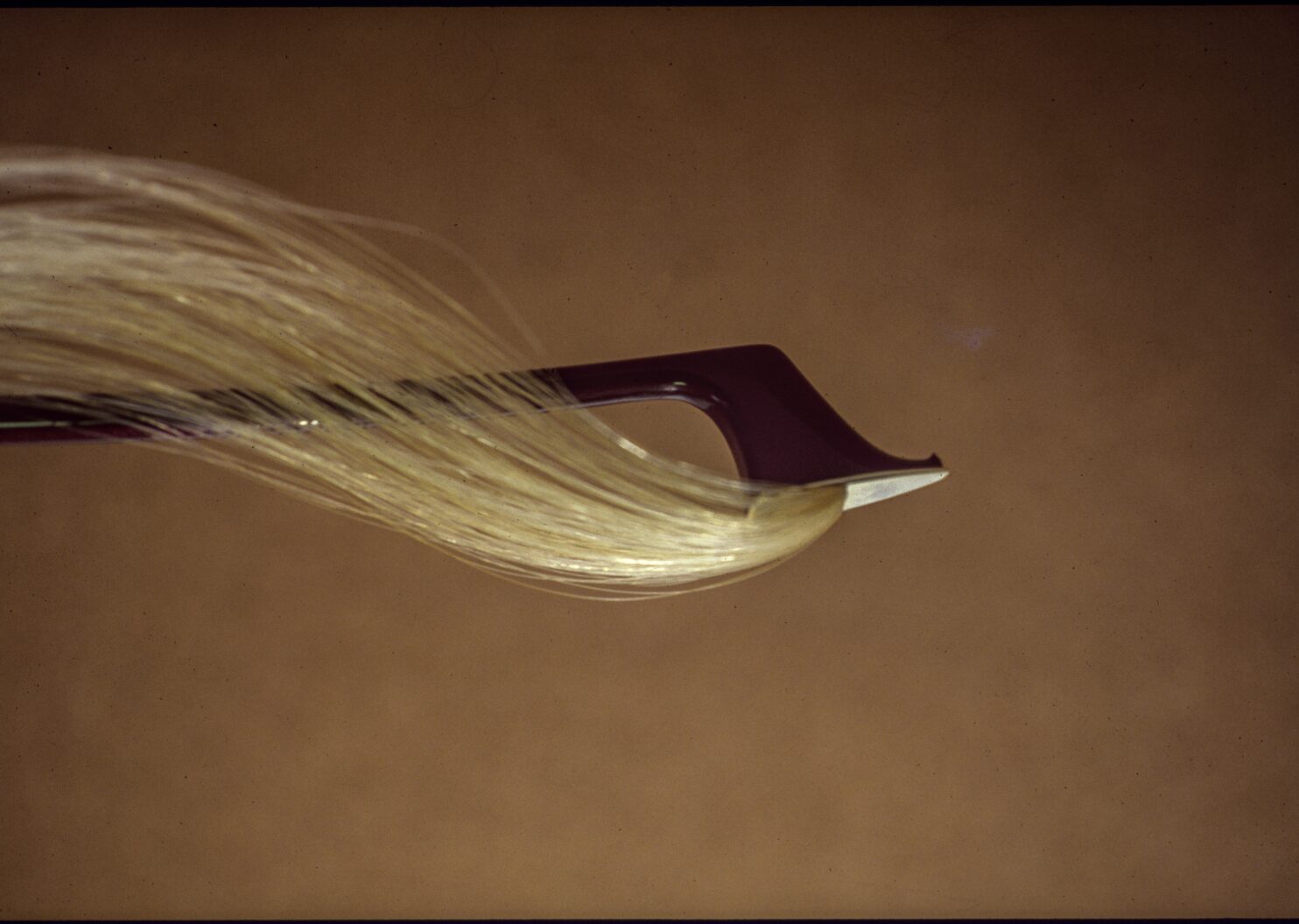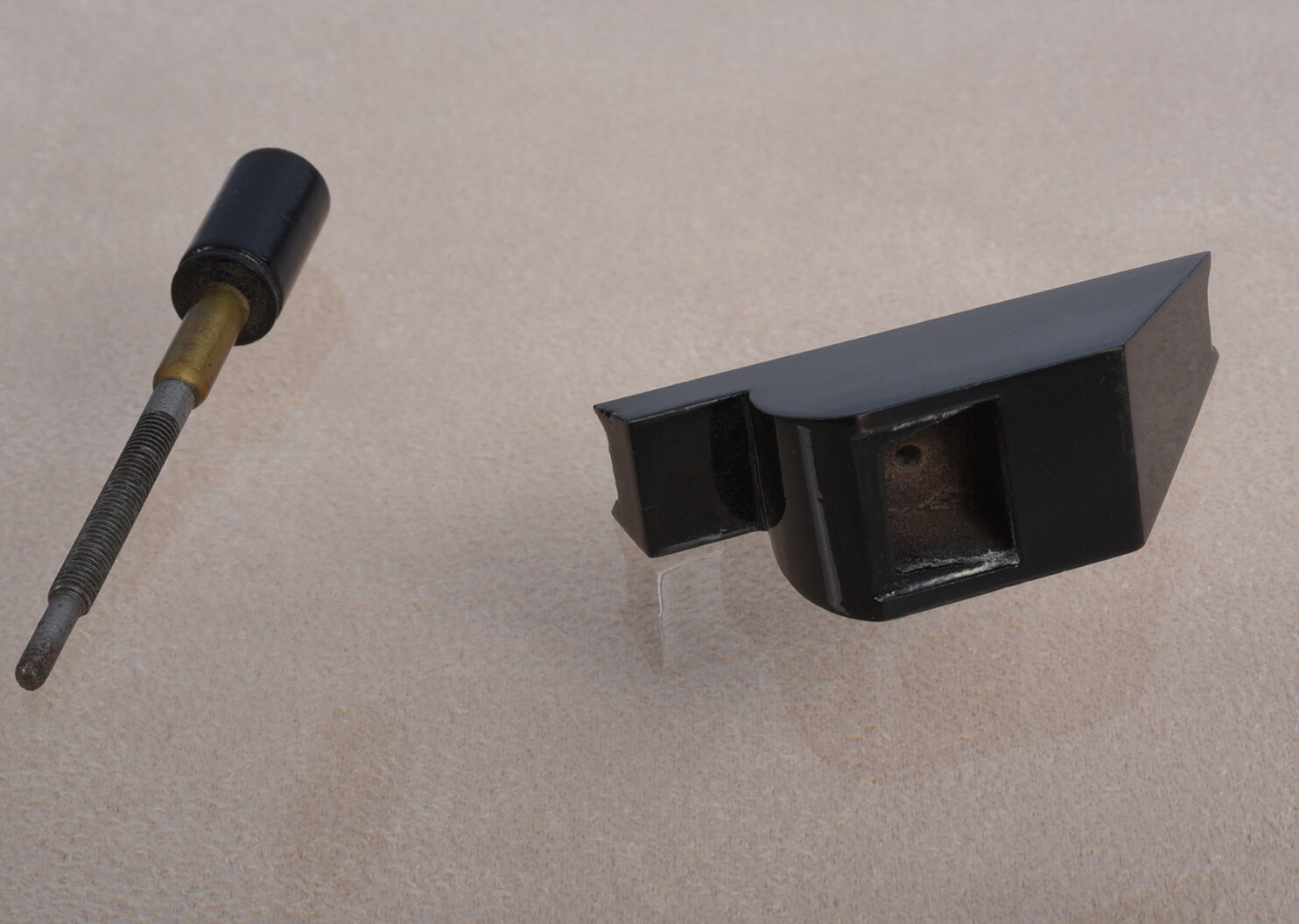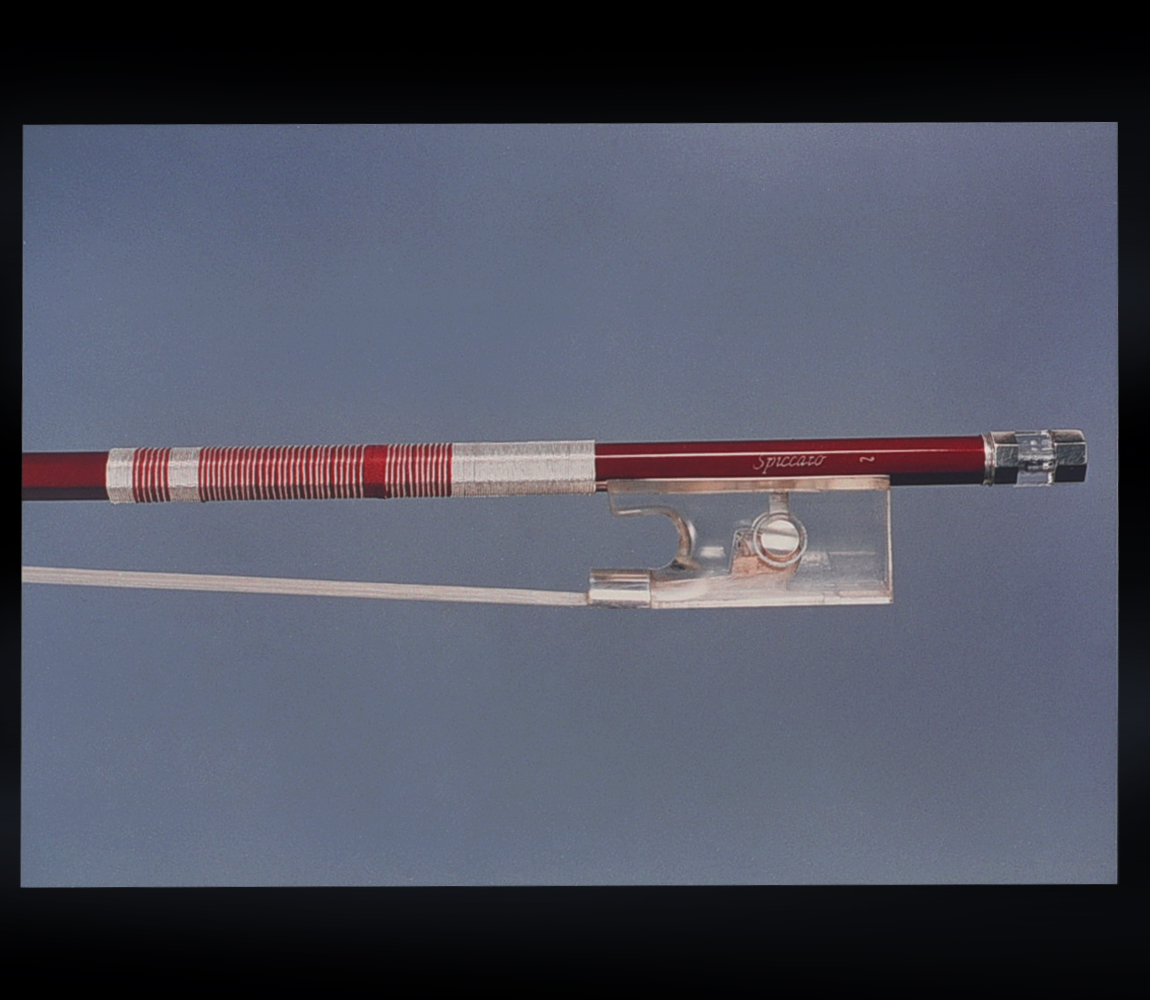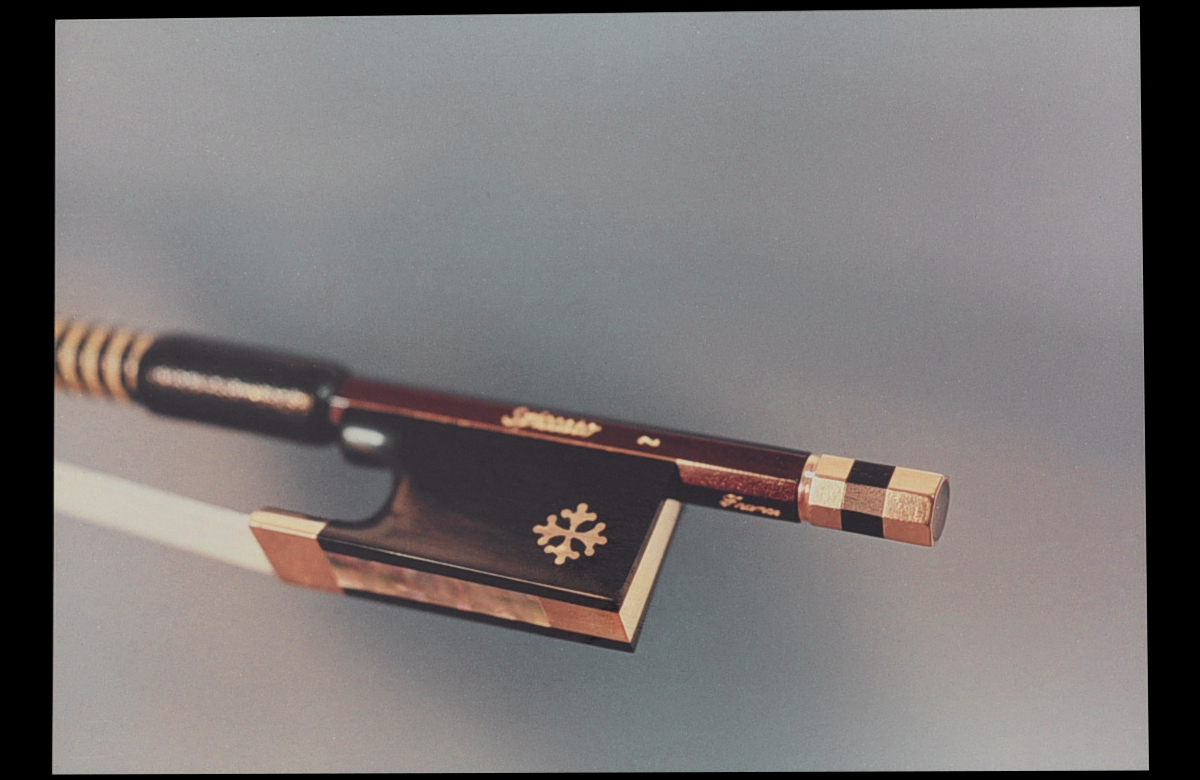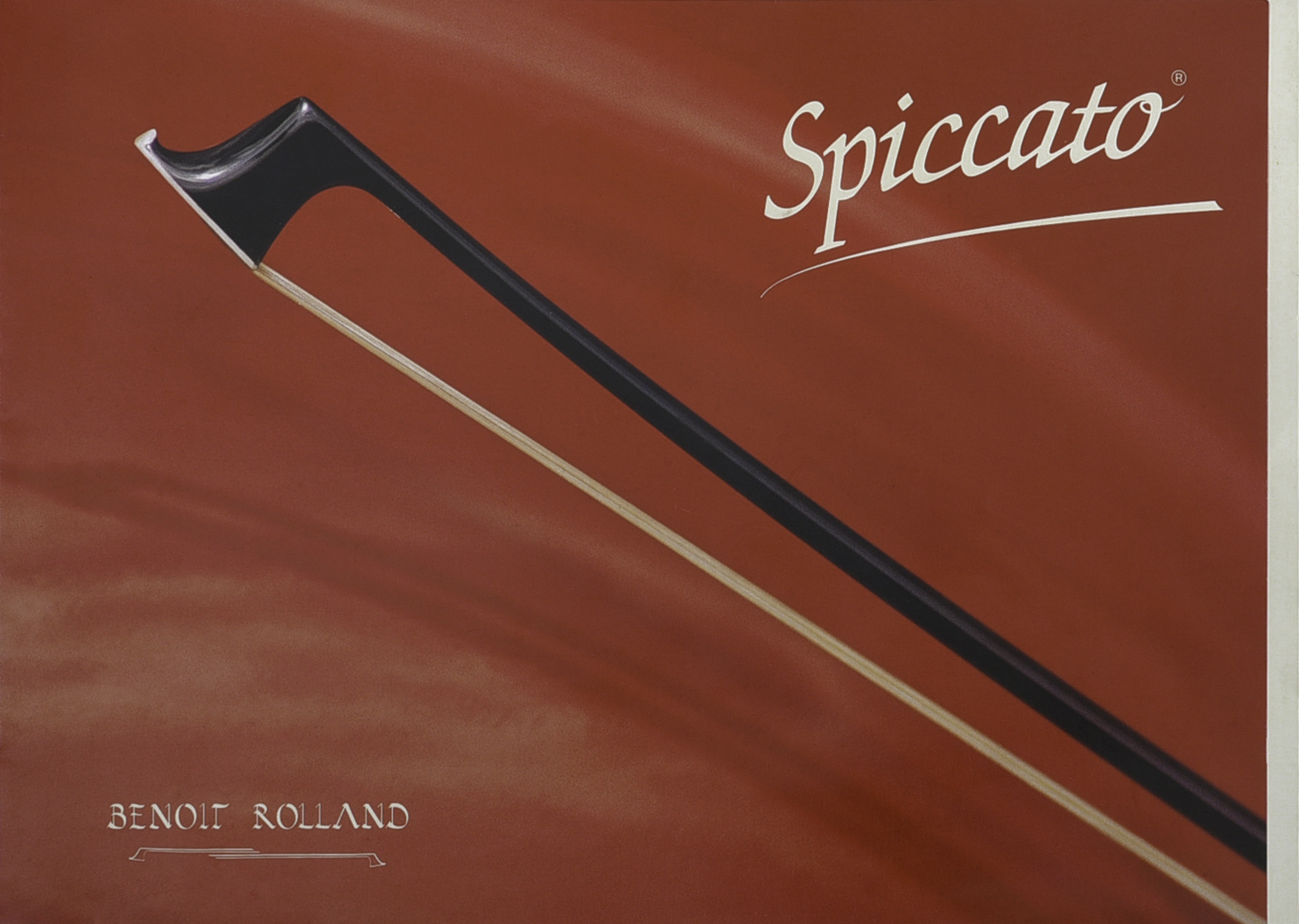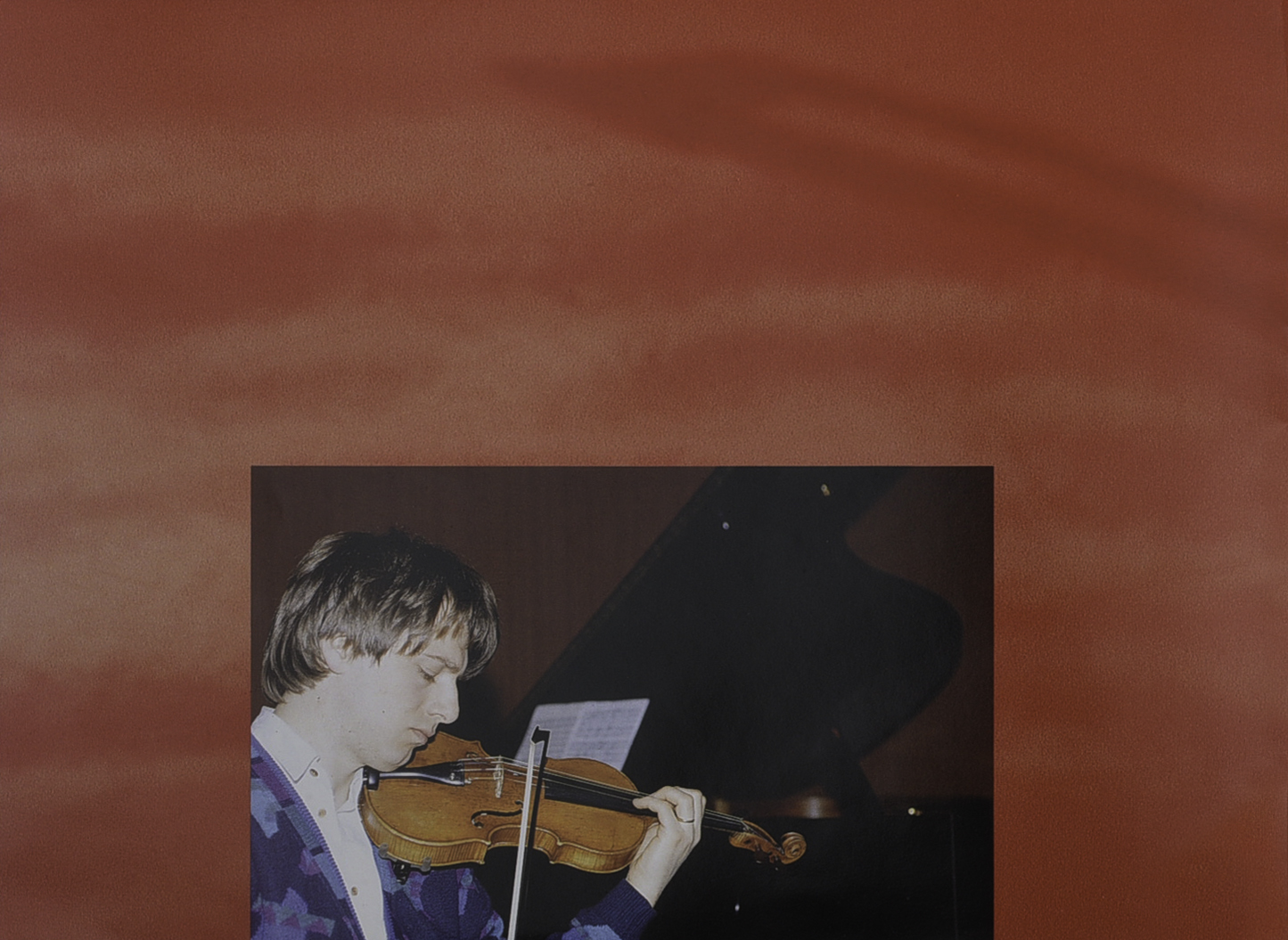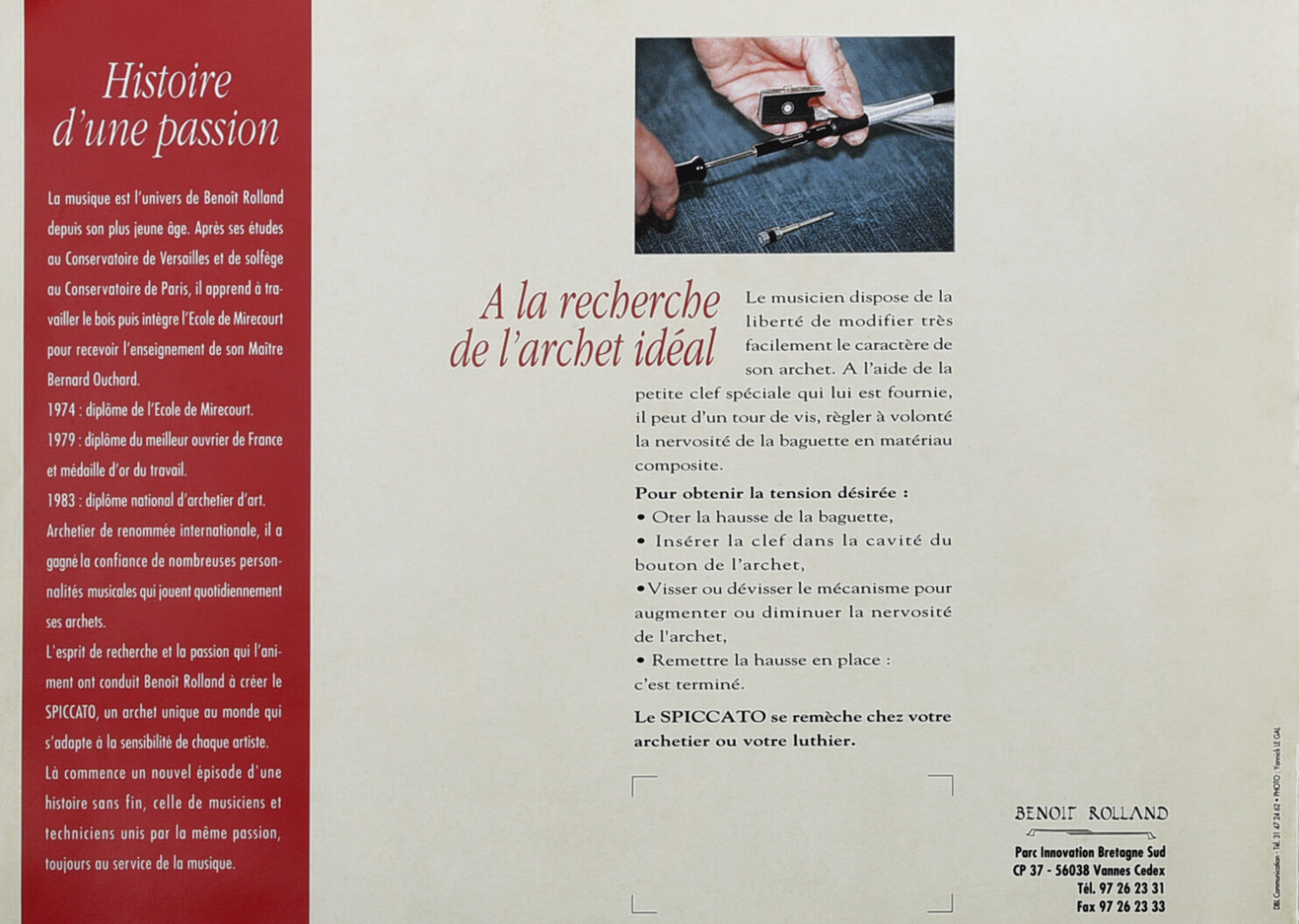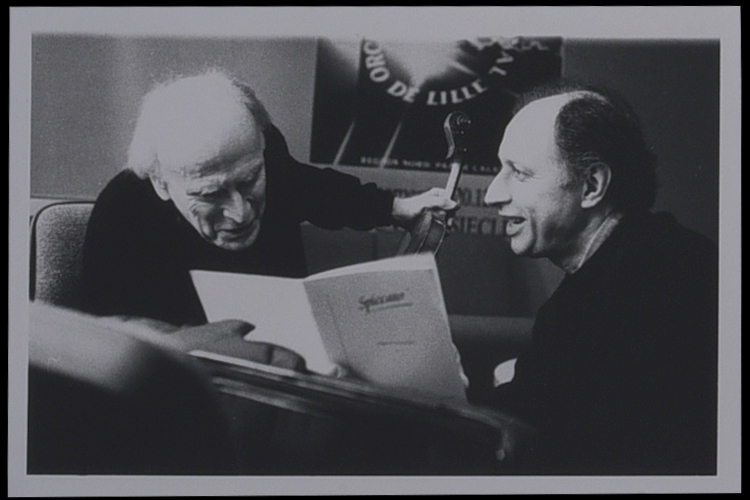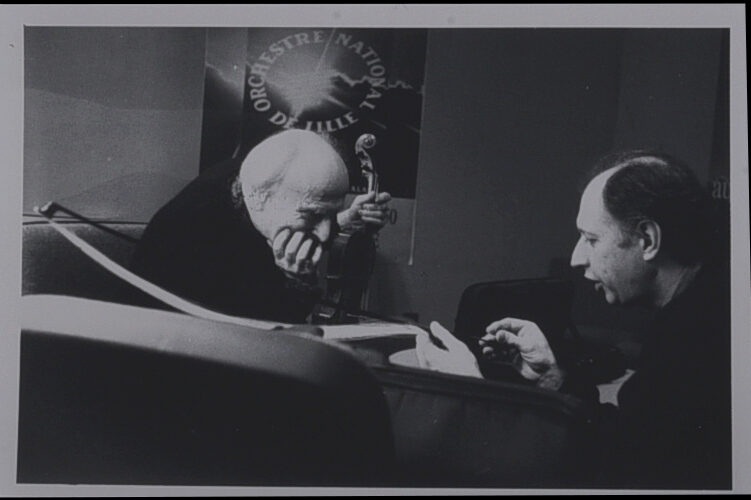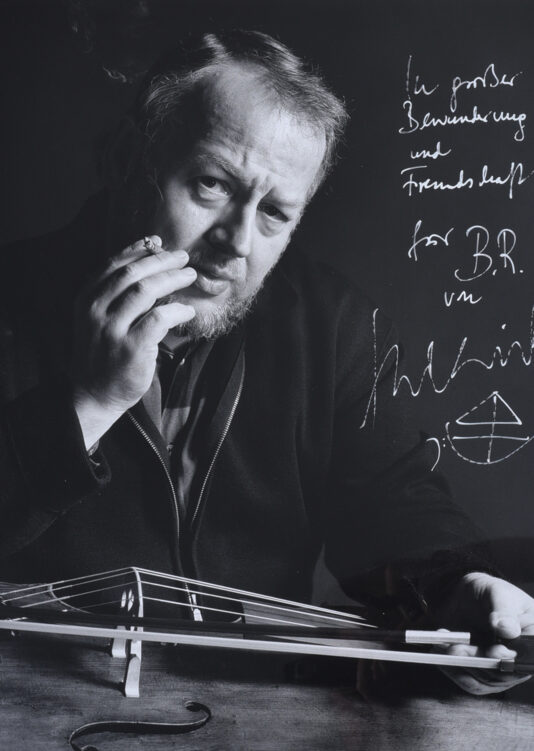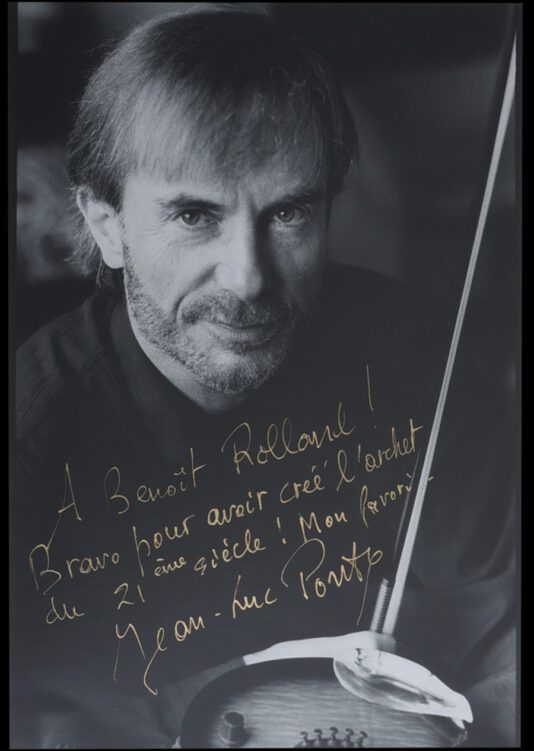The Story: Visionary
Benoît Rolland began his bow making journey in 1971, when he joined the school of Mirecourt to apprentice with Bernard Ouchard. He entered the field with a background of music. Studying piano and violin since early childhood, he had obtained two degrees in violin performance and music theory and would continue to place music at the center of his work. After four-year apprenticeship, Benoît returned to Paris and opened his own studio in 1976. He soon became the youngest person ever to be nominated Meilleur Ouvrier de France (Best Artist of France) at 25, in 1979, and received the title Maitre Archetier d’Art (Master of the Art of Bow Making) in 1983.
But Benoît’s mind was occupied with the future of bow making. By the early 1980s, concerns were rising over the dwindling supplies of pernambuco wood, and the environmental impact of deforestation for bow making. At the same time, famous bows from makers such as Peccatte and Tourte were slowly disappearing, damaged by cramped performing spaces, outdoor conditions, or simply by accident. Musicians had no alternative to using their priceless bows in these increasingly hazardous playing conditions. The profession of bow making was not attractive to young people. The oral tradition was falling into oblivion with the last Masters passing away, and the rarity of the finest bows set speculation ablaze. Musicians who could not afford good tools were increasingly at a disadvantage. Yet, no high quality bow made from affordable and replicable synthetic materials existed, as musicians and bowmakers alike strongly favored traditional concepts.
The philosophy of the School of French bow making requires a master to go beyond perfecting the ancestral tradition of his art to pioneer new ideas and expand the bow making knowledge. In the 19th-century for example, J.-B. Vuillaume patented an iron bow using the latest techniques of his time. With this in mind, motivated by an ecological goal as well as a desire to ensure global accessibility to fine bows, Benoît Rolland retreated to the Isle of Brehat, a secluded environment off the shores of Brittany where he could focus on his artistic evolution. During this six-year period, Spiccato was born. The project was twice-groundbreaking: creating the very first concert-quality synthetic bows, while also inventing a revolutionary internal mechanism to adjust the camber of the bow at will.
While on the Isle of Brehat, Benoît interacted regularly with the sailing community, and gained insight to the cutting-edge technologies in composite materials used in raceboats, especially as they reacted under stress at sea. Simultaneously, Benoît continued to make fine wood bows for musicians. Traveling once a month to Paris, he maintained regular conversations with top soloists to gain a better understanding of the musical characteristics of excellent bows. He began approaching bow making from a scientific standpoint to run systematical analyses of the comportment and fundamental structure of the bow.
“Playability. Comfort at handling the bow, balance, weight, sensation, resistance, response. You know, all of them are linked together.”
He dove into research, connecting with European researchers and self-teaching science and technology. He began the process with designing and formulating the bow, creating the initial mold by hand, then moving into extensive prototyping. Throughout the journey, Benoît worked extensively with a team of engineers, learning to translate his own musical language into technical terminology.
“You can imagine the first prototype was a complete disaster, so… when I saw the first prototypes, I scratched my head, and was wondering, what did I step into?”
But soon Spiccato® gained international recognition and support from leading musicians. In 1991 and 1992, he received research and development grants for the project (Research grants from the French National Agency for Research Value & Advancement, innovative use of advanced materials), and by 1994, Spiccato bows were awarded the First International Prize Musicora in Paris. Rolland next received the First Prize from the Patrimonialis Foundation in Paris, 1996. Benoît proceeded to travel the world in order to introduce his concept to the music community. He visited Japan, North America, and most of Europe, living out of a single suitcase for weeks on end. The bows were recognized again in 2004 at a Musicora Anniversary, and Benoît Rolland was part of the International Symposium of Physics of the Music, in Washington DC, 2005. At the end of this exhausting uphill journey, Benoît’s bows were in the hands of musicians all over the globe. The business of synthetic bowmaking had started, and other ventures would follow in his footsteps in the following decades.
“I received countless comments from colleagues: ‘No, I will never rehair these bows.’ So it was time to shake the tradition.”
He is now working on the next generation of Spiccato bows, incorporating 21st century technological advancements which allow for better control over musical vibrations. Though synthetic bows are now widely available, they are not yet found onstage at the highest level of solo performance. Benoît Rolland’s goal is to bridge the gap, while broadening all musicians’ accessibility to very fine bows regardless of means.
Still, the 1,500 original Spiccato bows made in Benoît’s French manufacture are played by musicians around the world today, and valued as collection pieces. The bows that Jean-Luc Ponty called “revolutionary” in the 80s are still the bows for the 21st century.
